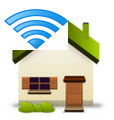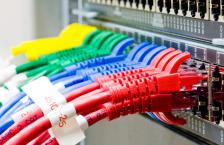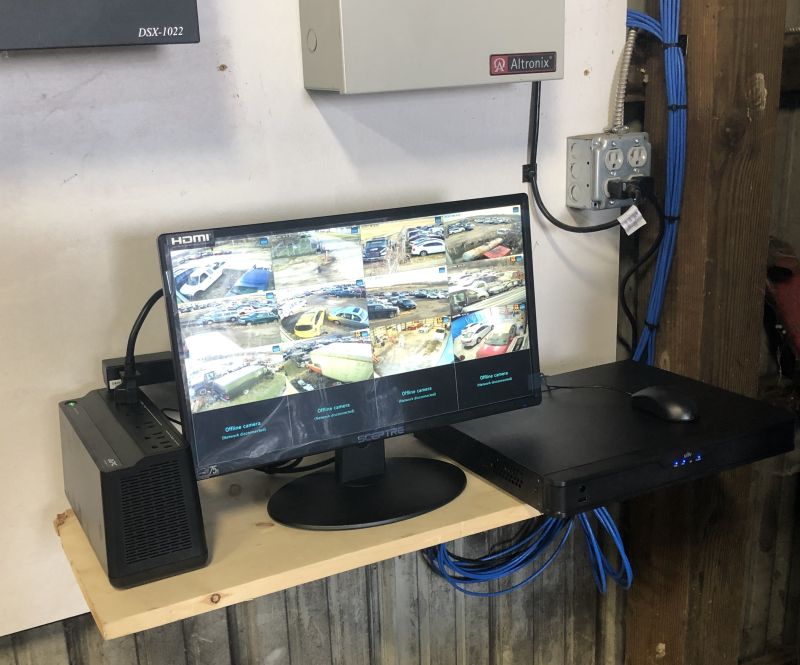As technology continues to evolve, the demand for faster and more reliable data transfer has become increasingly important. In the world of networking and telecommunications, twisted pair Ethernet cables play a crucial role in facilitating high-speed data transmission. Among these cables, Cat5e, Cat6, and Cat6a are widely used categories, each offering distinct performance capabilities.
Cat5e (Category 5 Enhanced)
Cat5e cables are an enhanced version of the older Cat5 cables, designed to meet the growing demands of modern networks. These cables can support data transfer rates up to 1 Gigabit per second (1 Gbps) over a maximum distance of 100 meters (328 feet).
One of the key advantages of Cat5e cables is their improved crosstalk and system noise performance compared to their predecessors. This enhancement ensures more reliable data transmission, making Cat5e cables a popular choice for Gigabit Ethernet networks in homes, small offices, and other environments with moderate bandwidth requirements.
Cat6 (Category 6)
As network demands continue to increase, Cat6 cables have emerged as a higher-performance solution. These cables are designed to support data transfer rates up to 10 Gigabits per second (10 Gbps) over a maximum distance of 55 meters (180 feet) for most applications.
Cat6 cables boast even more stringent specifications for crosstalk and system noise than Cat5e, making them suitable for high-speed networks, such as 10GBASE-T Ethernet. Their superior performance makes them a preferred choice in data centers, enterprise networks, and other environments that require higher bandwidth and faster data transfer speeds.
Cat6a (Category 6 Augmented)
At the top of the twisted pair Ethernet cable hierarchy lies Cat6a, an augmented version of Cat6. These cables are engineered to meet the most stringent specifications for crosstalk and system noise, enabling them to support data transfer rates up to 10 Gbps over a maximum distance of 100 meters (328 feet).
Cat6a cables are designed for high-speed, high-frequency applications, such as 10GBASE-T Ethernet and beyond. Their exceptional performance and extended reach make them an ideal choice for demanding environments that require the highest levels of bandwidth and data transfer speeds.
Choosing the Right Cable
When selecting the appropriate cable category, it’s essential to consider your current and future networking requirements, such as data transfer speeds, distance, and the level of electromagnetic interference (EMI) protection needed. While Cat5e cables may suffice for basic home or office networks, Cat6 and Cat6a cables are better suited for high-performance applications and future-proofing your network infrastructure.
It’s worth noting that the installation and termination of these cables require proper techniques and tools to ensure optimal performance. Consulting with networking professionals or following manufacturer guidelines is recommended for optimal results.
In the ever-evolving world of technology, staying up-to-date with the latest advancements in networking cables is crucial for ensuring seamless data transfer and future-proofing your infrastructure. By understanding the capabilities of Cat5e, Cat6, and Cat6a cables, you can make informed decisions that align with your current and future networking needs.






0